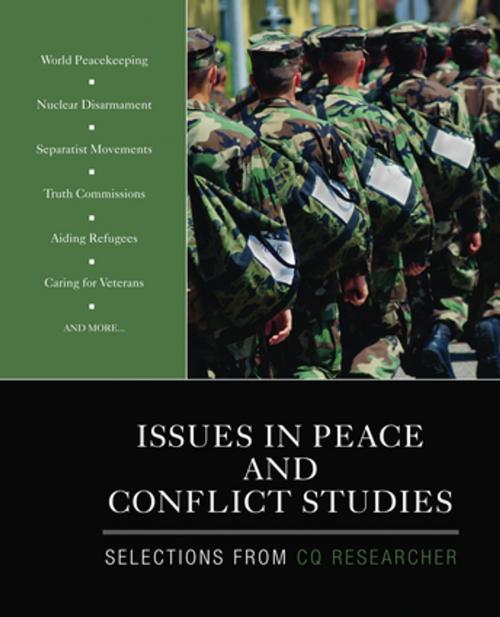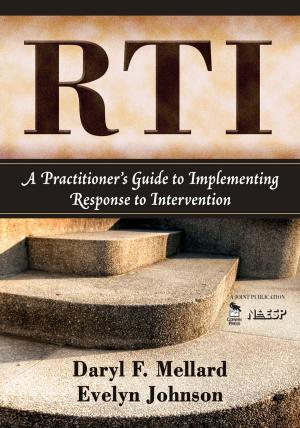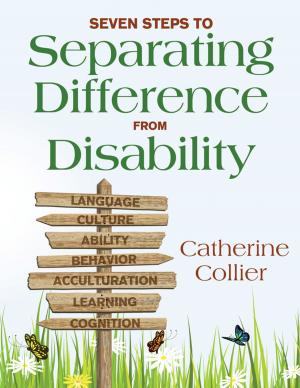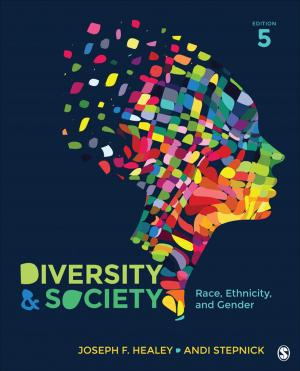Issues in Peace and Conflict Studies
Selections From CQ Researcher
Nonfiction, Health & Well Being, Psychology, Social Psychology| Author: | ISBN: | 9781483343402 | |
| Publisher: | SAGE Publications | Publication: | October 12, 2010 |
| Imprint: | SAGE Publications, Inc | Language: | English |
| Author: | |
| ISBN: | 9781483343402 |
| Publisher: | SAGE Publications |
| Publication: | October 12, 2010 |
| Imprint: | SAGE Publications, Inc |
| Language: | English |
Do nation-states have a "Responsibility to Protect"? Can countries heal after atrocities? Who should clean up after conflicts end? These questions—and many more—are at the heart of peace and conflict studies. This collection aims to promote in-depth discussion, facilitate further research and help readers formulate their own positions on crucial issues. It is intended to be a supplement for courses in peace and conflict studies that are offered in departments of psychology, sociology, anthropology, political science, and across all social science disciplines.
About CQ Researcher Readers
In the tradition of nonpartisanship and current analysis that is the hallmark of CQ Press, CQ Researcher readers investigate important and controversial policy issues. Offer your students the balanced reporting, complete overviews, and engaging writing that CQ Researcher has consistently provided for more than 80 years. Each article gives substantial background and analysis of a particular issue as well as useful pedagogical features to inspire critical thinking and to help students grasp and review key material:
- A pro/con box that examines two competing sides of a single question
- A detailed chronology of key dates and events
- An annotated bibliography that includes Web resources
- An outlook section that addresses possible regulation and initiatives from
- Capitol Hill and the White House over the next 5 to 10 years
- Photos, charts, graphs, and maps
Do nation-states have a "Responsibility to Protect"? Can countries heal after atrocities? Who should clean up after conflicts end? These questions—and many more—are at the heart of peace and conflict studies. This collection aims to promote in-depth discussion, facilitate further research and help readers formulate their own positions on crucial issues. It is intended to be a supplement for courses in peace and conflict studies that are offered in departments of psychology, sociology, anthropology, political science, and across all social science disciplines.
About CQ Researcher Readers
In the tradition of nonpartisanship and current analysis that is the hallmark of CQ Press, CQ Researcher readers investigate important and controversial policy issues. Offer your students the balanced reporting, complete overviews, and engaging writing that CQ Researcher has consistently provided for more than 80 years. Each article gives substantial background and analysis of a particular issue as well as useful pedagogical features to inspire critical thinking and to help students grasp and review key material:
- A pro/con box that examines two competing sides of a single question
- A detailed chronology of key dates and events
- An annotated bibliography that includes Web resources
- An outlook section that addresses possible regulation and initiatives from
- Capitol Hill and the White House over the next 5 to 10 years
- Photos, charts, graphs, and maps















